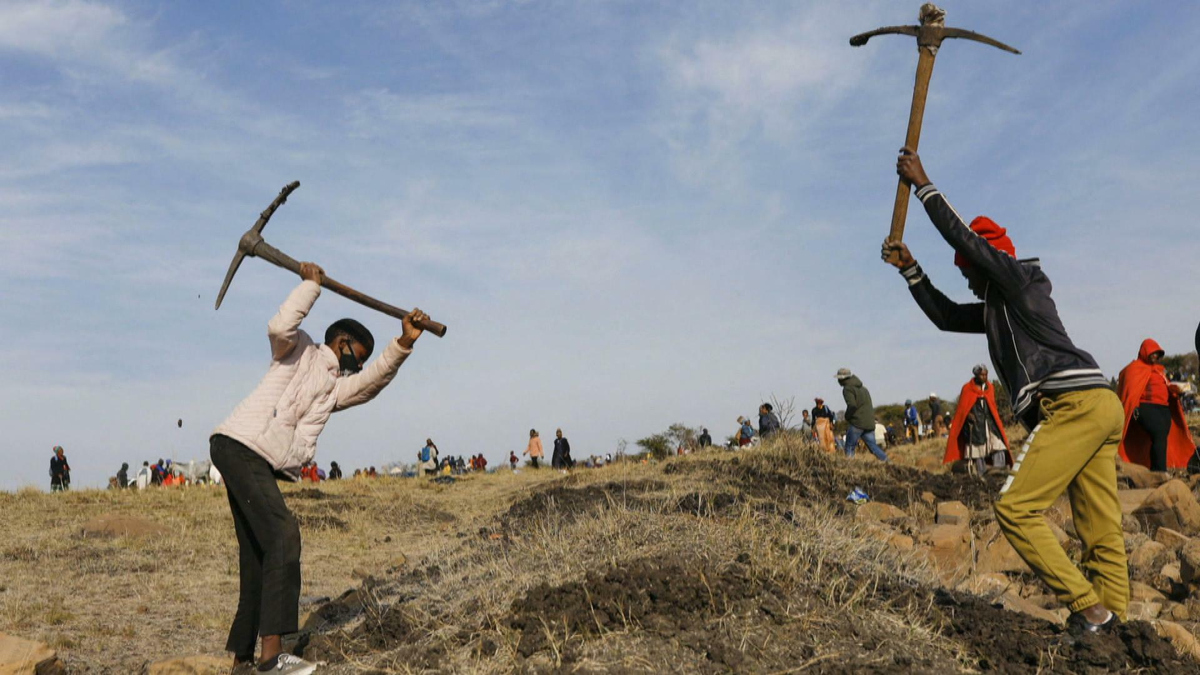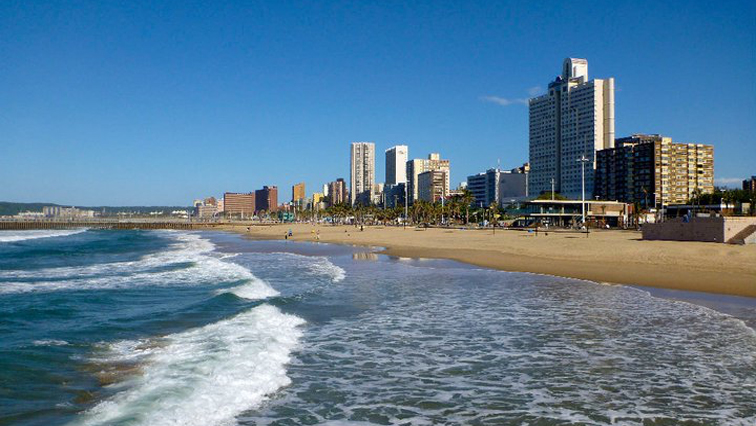

They wait for someone to dig out the soil and they start searching, because the stones are so tiny. The field is an open space, but it’s not big enough to accommodate all these people, they are crowded in the few open holes.

You’d be surprised if you knew this place, because usually we only see a car every 15 minutes, but now there’s a lot of traffic. There are now people from all over, from different provinces. The rumours escalated into a national frenzy:

While the existence of diamonds in the region has not been ruled out, some experts surmise that it is more likely quartz, a similarly transparent crystal that is far less valuable than diamond. They expect conclusive results before mid-July. In the case that they’re real, we want to have more of them, as much as possible.Ī team of geologists from the government has collected samples in order to determine whether the material is diamond or not. They’re still digging because the results are not out yet – they’re still testing whether they are real diamonds or not. Every person from my family has gone there. You have to dig for about a metre and you can find the precious stones, they’re very small. We used digging equipment, shovels, pickaxes, and we found a lot of them. Police cars are monitoring the area to keep the crowds in check.Large Dimond reserves found by locals at kwahlathi was madness /KB43dmjN1J- Dashing-Dee June 11, 2021Ī video posted on Twitter June 11 shows crowds of people, equipped with pickaxes and shovels, searching for diamonds in KwaHlathi. The government on Tuesday sent a team of geological and mining experts to the area, now pockmarked with holes, to collect stones for analysis. "These are not diamonds, people here are just wasting their time," said 18-year-old Bhekumuzi Luvuno, skeptically inspecting one of the stones he unearthed overnight.Īuthorities over the weekend asked diggers to leave the area, citing coronavirus restrictions, but to no avail. There is talk of "foreigners" buying the stones for a few hundred rands in the nearby town of Ladysmith.īut experts say it is highly unlikely the stones will turn out to be valuable. I want a house with double storage, this is going to change our life," Manyathi told AFP, fingering a cluster of stones in his pocket. Johannesburg resident Thulani Manyathi, 36, travelled to KwaHlathi from the impoverished township of Alexandra with his four young daughters. The rough stone yielded nine major diamonds used to adorn the British crown jewels, as well as almost 100 minor brilliants. Rumour has it that the Cullinan, which weighed over 3,000 carats uncut, was lying only a few meters below ground and was dug up with a pocketknife. "They are not tired, we are looking for money," Precious exclaimed.Ī person uses a pickaxe to dig as fortune seekers flock to KwaHlathi village near Ladysmith in KwaZulu Natal, South Africa, June 14, 2021. The boy clutched a transparent crystal the size of a ping pong ball. She had spent the night digging with her teenage son and baby daughter.
Kwahlathi diamond rush full#
But this could change everything," said Precious, 38, who did not wish to give her full name. South Africa is also the birthplace of the Kimberley Process, an international certification scheme to keep conflict diamonds off the market. The country, internationally renowned for its mineral wealth, still holds a record for the world's largest ever rough diamond discovery – the Cullinan – found in 1905 in the small mining town by the same name. The prospect of finding a diamond sent glimmering ripples of hope to one of the poorest regions of South Africa as the coronavirus pandemic worsened decades of extremely high unemployment levels. A boy holds what he believes to be a diamond in KwaHlathi village near Ladysmith in KwaZulu Natal, South Africa, June 15, 2021.


 0 kommentar(er)
0 kommentar(er)
